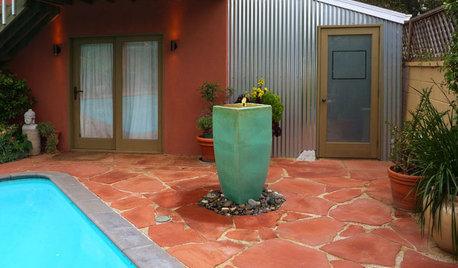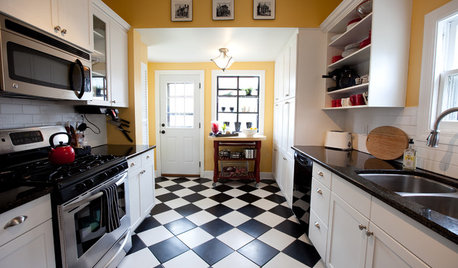Please ID this Aechmea
splinter1804
14 years ago
Related Stories

HOUSEPLANTSMother-in-Law's Tongue: Surprisingly Easy to Please
This low-maintenance, high-impact houseplant fits in with any design and can clear the air, too
Full Story
HOME OFFICESQuiet, Please! How to Cut Noise Pollution at Home
Leaf blowers, trucks or noisy neighbors driving you berserk? These sound-reduction strategies can help you hush things up
Full Story
BATHROOM DESIGNUpload of the Day: A Mini Fridge in the Master Bathroom? Yes, Please!
Talk about convenience. Better yet, get it yourself after being inspired by this Texas bath
Full Story
BEFORE AND AFTERSMore Room, Please: 5 Spectacularly Converted Garages
Design — and the desire for more space — turns humble garages into gracious living rooms
Full Story
SUMMER GARDENINGHouzz Call: Please Show Us Your Summer Garden!
Share pictures of your home and yard this summer — we’d love to feature them in an upcoming story
Full Story
DECORATING GUIDESPlease Touch: Texture Makes Rooms Spring to Life
Great design stimulates all the senses, including touch. Check out these great uses of texture, then let your fingers do the walking
Full Story
TILEMoor Tile, Please!
Add an exotic touch with Moroccan tiles in everything from intricate patterns and rich colors to subtle, luminous neutrals
Full Story
FLOORSChecks, Please! 13 Choices for Checkered Floors
Checkerboard Patterns Go From Casual to Ritzy, From Marble to Grass
Full Story
DECORATING GUIDES10 Bedroom Design Ideas to Please Him and Her
Blend colors and styles to create a harmonious sanctuary for two, using these examples and tips
Full Story






bromaholic
bromaholic
Related Professionals
Gainesville Landscape Contractors · Wilmington Landscape Contractors · Deerfield Beach Landscape Contractors · Del Aire Landscape Contractors · Hoffman Estates Landscape Contractors · Lorain Landscape Contractors · Rochester Landscape Contractors · View Park-Windsor Hills Landscape Contractors · Antioch Fence Contractors · Clarksburg Fence Contractors · Dundalk Fence Contractors · Winchester Siding & Exteriors · Euless Siding & Exteriors · Longmont Siding & Exteriors · Worcester Siding & Exteriorsrickta66
paul_t23
paul_t23
splinter1804Original Author
bromadams
noid.guest